Predictive mycology and use of natural antifungals to prevent the mycotoxin food hazard
dc.contributor
Universitat de Lleida. Departament de Tecnologia d'Aliments
dc.contributor.author
García, Daiana
dc.date.accessioned
2012-11-08T15:23:21Z
dc.date.available
2012-11-08T15:23:21Z
dc.date.issued
2012-10-19
dc.identifier.uri
http://hdl.handle.net/10803/93074
dc.description.abstract
Filamentous moulds may cause spoilage in raw materials, foods and feeds. Some of them synthesize mycotoxins which are a risk for human and animal health. For this reason, from the food safety point of view, only mycotoxins, as chemical hazards, are important. Nevertheless, despite the absence of direct correlation between mould growth and mycotoxins production, the prevention of fungal growth in raw materials and foods leads invariably to the prevention of mycotoxins presence.
Due to the fact that moulds can contaminate foods from raw materials till end products, different strategies could be used at the different steps in the food chain. Preharvest strategies include the use of resistant varieties, crop rotation, soil preparation, optimal irrigation, fertilizer, herbicides, insecticides and chemical and biological agents application. Post-harvest strategies include improved drying and storage conditions, together with the use of natural and chemical agents. Predictive models may be used as a strategy to predict and prevent mycotoxigenjc fungal growth and mycotoxins accumulation.
The present PhD work focused in two main strategies:
a) The use of antifungals of natural origin to prevent from mycotoxigenic fungi and mycotoxins
Equisetum arvense and Stevia rebaudiana extracts were analized as possible natural agents to inhibit growth and mycotoxin accumulation in in vitro and in vivo experiments. Both extracts were effective against mycotoxigenic moulds and the mycotoxigenic Aspergillus and Fusarium isolates studied were completely inhibited by a 3% of E. arvense. However, the effect decreased in the in vivo test. In the last case, Equisetum was effective against Aspergillus section Flavi and Fusarium section Liseola growth at high water activity levels and with high infection levels, but mycotoxins levels were not significantly affected.
b) The assessment of the usefulness of predictive models to manage the mycotoxin problem
In an initial experiment, four particular points which deserved in depth study to assess the viability of predictive microbiology in the moulds field were identified: 1) models should be developed for longer time periods; 2) food and raw materials prone to mycotoxin contamination are usually stored under marginal conditions for mould growth, thus performance of models should be checked under such conditions; 3) the impact of the inoculum size in the performance of the models; and 4) the impact of the potential intraspecies variability among isolates in prediction performance.
Prediction of time to growth by kinetic models was clearly linked to inoculum size. On the other hand, the performance of predictive models may be compromised under marginal conditions for fungal growth, the higher variability of results under these conditions results in the need for a higher number of replicates required, specifically for kinetic models. For last, a high intraspecific variability on growth and mycotoxin levels has proven to be wider for the both isolates studies: A. carbonarius and P. expansum. For this reason, a greater number of strains should be included to develop models under non optimal condition for both, growth and for mycotoxin production. A matrix was built from which the number of strains and replicates to be planned for new experiments can be assessed for a reliable estimation of growth parameters and we conclude that increasing the number of strains in an experiment increases the explained variability much more than including further replicates.
Finally, a first attempt was done to model aflatoxins production as a function of growth parameters and time. Aflatoxins accumulation was shown to be better correlated to colony area than either colony diameter or fungal biomass. Luedeking-Piret model was used for this purpose, and reasonable percentages of variability were explained.
To conclude, probability models applied either to mould growth or mycotoxin production might be a valuable tool in food safety management through the food chain.
eng
dc.format.extent
324 p.
dc.format.mimetype
application/pdf
dc.language.iso
eng
dc.publisher
Universitat de Lleida
dc.rights.license
ADVERTIMENT. L'accés als continguts d'aquesta tesi doctoral i la seva utilització ha de respectar els drets de la persona autora. Pot ser utilitzada per a consulta o estudi personal, així com en activitats o materials d'investigació i docència en els termes establerts a l'art. 32 del Text Refós de la Llei de Propietat Intel·lectual (RDL 1/1996). Per altres utilitzacions es requereix l'autorització prèvia i expressa de la persona autora. En qualsevol cas, en la utilització dels seus continguts caldrà indicar de forma clara el nom i cognoms de la persona autora i el títol de la tesi doctoral. No s'autoritza la seva reproducció o altres formes d'explotació efectuades amb finalitats de lucre ni la seva comunicació pública des d'un lloc aliè al servei TDX. Tampoc s'autoritza la presentació del seu contingut en una finestra o marc aliè a TDX (framing). Aquesta reserva de drets afecta tant als continguts de la tesi com als seus resums i índexs.
dc.source
TDX (Tesis Doctorals en Xarxa)
dc.subject
Micotoxines
dc.subject
Fongs micotoxigénicos
dc.subject
Inhibició fúngica
dc.subject
Micotoxinas
dc.subject
Hongos micotoxigénicos
dc.subject
Micología predictiva
dc.subject
Mycotoxins
dc.subject
Mycotoxigenic moulds
dc.subject
Predictive mycology
dc.subject
Plant extracts
dc.subject.other
Tecnologia dels aliments
dc.title
Predictive mycology and use of natural antifungals to prevent the mycotoxin food hazard
dc.type
info:eu-repo/semantics/doctoralThesis
dc.type
info:eu-repo/semantics/publishedVersion
dc.subject.udc
579
cat
dc.contributor.codirector
Ramos Girona, Antonio J.
dc.contributor.codirector
Marín Sillué, Sònia
dc.embargo.terms
cap
dc.rights.accessLevel
info:eu-repo/semantics/openAccess
dc.identifier.dl
L-1214-2012
